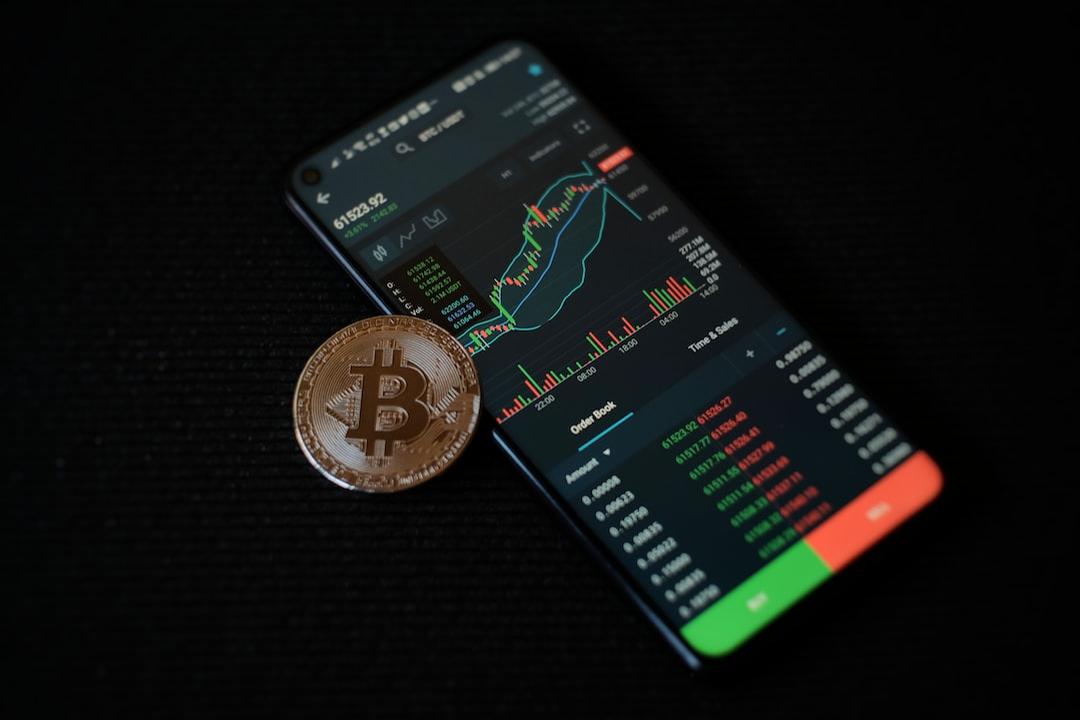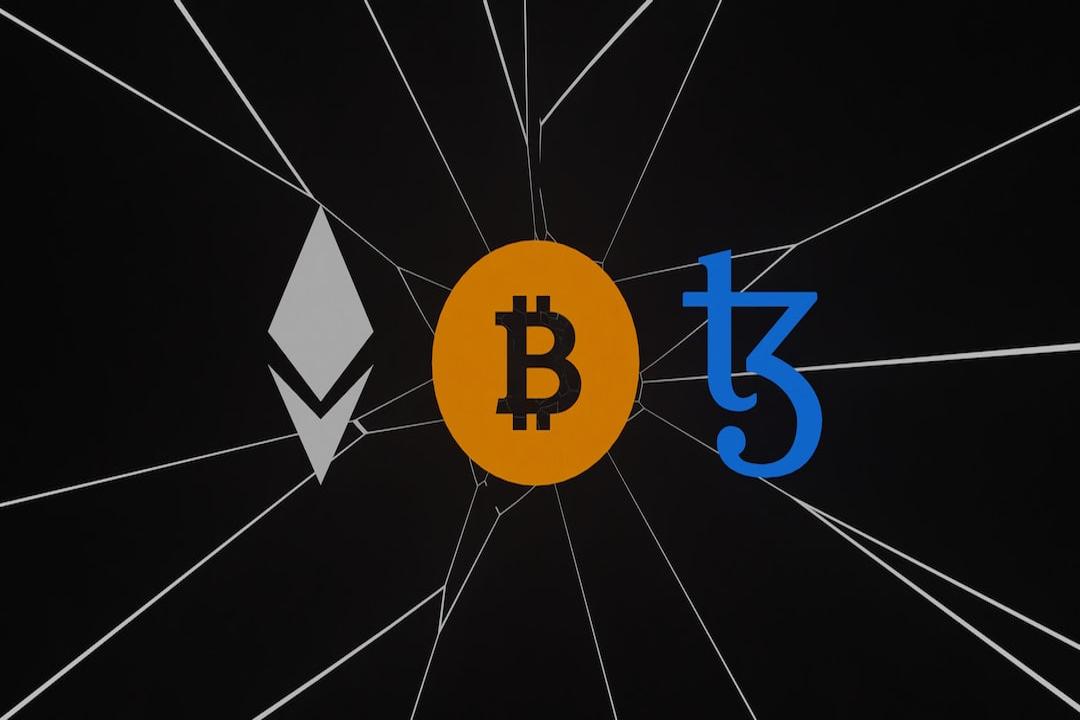In the Web3 domain, the cost of acquiring new users has always been a key issue. This article will analyze the impact of market cycles, regional differences, and marketing strategies on CPW, based on data from numerous advertising campaigns in 2024, and provide specific practical insights. This article originates from Asaf Nadler, Chief Operating Officer of Addressable, and has been compiled, translated, and written by Luffy, Foresight News.
Previous article summary: MircoStrategy Restarts the “Buy Buy Buy” Model? A Full Analysis of the New Financing Plan
Background supplement: Alpha’s “Zero-Cost Token Issuance” by CLIZA.AI Offers an Additional 80% LP Fee Reward – Can It Disrupt the Token Issuance Market?
About a month ago, I published an article about the “Cost Per Wallet” (CPW) in Web3. This is a unique growth metric in the Web3 domain that measures the cost of acquiring website visitors who have installed a wallet on their browser. The article received tremendous feedback. Marketers, advertising companies, and project founders joined the discussion, sharing their thoughts, challenges, and key data points. One thing is clear: CPW has hit a sensitive nerve. Among the many private messages and replies, one question stood out:
“Tell me about the cost. What is the situation in specific time periods, regions, and platforms? Does success or failure change the way the cost is calculated?”
This article will answer this question with detailed data. I analyzed over 200 programmatic ad campaigns launched by more than 70 advertisers on the Addressable platform in 2024. These campaigns targeted over 1.5 million users worldwide, with the goal of studying the CPW across different market cycles, regions, campaign execution conditions, and segmented audiences.
2024 CPW Trends: How Market Cycles Affect Costs?
Bull and Bear Cycles: 2024 experienced two distinct market cycles. At the beginning of the year, the market performed strongly. The first quarter was in a bull market, with the total market capitalization of cryptocurrencies increasing by 21%, reaching $1.7 trillion. However, this momentum reversed in the second quarter, with a 12% decline, and the situation worsened further in the third quarter, with a 27% drop. But by the fourth quarter, the market rebounded strongly, with a 109% increase, entering another bull market phase. These market changes naturally affected CPW, but the impact was not uniform.
The fluctuation of CPW in different market cycles revealed more than just the expected pattern of lower costs in bull markets and higher costs in bear markets. It also highlighted the sensitivity of different regions to market volatility, the importance of timing, and the strategic advantages of targeting markets with strong resilience.
Developed Markets: Developed markets like the United States and Western Europe typically offer more predictable CPWs during bull markets, but they are also very volatile. In the first quarter, the CPW in the U.S. remained at $5.87. However, as market sentiment shifted in the third quarter, the cost skyrocketed nearly fourfold, reaching $22.81. Western Europe showed a similar pattern, with even more dramatic fluctuations, rising from $1.18 to $32.79, a 27-fold increase. While these markets offer scale and quality during bull markets, when market sentiment turns bearish, costs increase significantly, reducing their sustainability during market downturns.

Emerging Markets: These markets present different risk-return conditions. Under favorable conditions, their CPWs are extremely low, but cost fluctuations can be very severe. For example, in Latin America, the CPW in the first quarter was as low as nearly free at $0.56, but by the third quarter, it skyrocketed by 60 times to $34.38, reflecting sudden liquidity constraints and demand changes in the region. Eastern Europe showed even more shocking increases, with CPW soaring 99 times from $0.21 to $20.79, indicating that when market conditions worsen, costs can rise dramatically.
Southeast Asia: The region performed the most consistently across market cycles, with CPW fluctuations within 5 times, ranging from $3.73 in the first quarter to $16.61 in the third quarter. This stability suggests that local market factors, adoption curves, or advertiser demand may create a more predictable environment, making it highly attractive for brands that want to maintain stable costs under various macro conditions, especially for projects seeking to test product usage without being affected by market cycles.

The key takeaway is that market cycles not only affect CPW but also determine when and where it is feasible to acquire wallet holders. While developed regions are highly efficient during bull markets, costs are high during market downturns. Emerging markets have ultra-low costs but come with extreme volatility. Southeast Asia, with its relative stability, may have the best long-term potential for brands looking to reduce risk across different market cycles.
CPW of Best and Worst Performing Marketing Campaigns
Market cycles are not the only factor at play. The best-performing marketing campaigns consistently maintain a low CPW, even during market downturns. In fact, the top 25% of campaigns have managed to keep the CPW at just $6–8 per wallet, even during bear markets, which is remarkable. Meanwhile, the worst-performing campaigns saw CPWs fluctuate between $4.68 and $44.79.
This performance gap can be attributed to product-market fit (PMF), community strength, market heat, incentives, and creative execution. Marketing campaigns that align closely with their audience, optimize promotional messages, and manage incentives well can maintain affordable CPWs regardless of market conditions.
For marketing campaigns struggling with high CPWs, moving to lower-cost regions is not the only solution. Optimizing audience targeting, promotional messages, incentives, and creative strategies can enhance efficiency, keeping CPW stable across any market.

CPW by Audience Segment
Decentralized finance (DeFi) / centralized finance (CeFi) marketing campaigns were the most cost-effective, with a median CPW of $2.79 and a lower quartile at just $0.10. L1/L2 projects followed closely, with a median CPW of $3.23, reflecting their higher adoption rates. Game and marketing campaigns had the highest costs, with a median CPW of $8.74 and a lower quartile of $3.40. This may be due to higher user churn, frequent speculation, and intense competition. If Web3 gaming is indeed “unstoppable,” we need to find a more powerful user acquisition engine to make it as sustainable as Web2 games.

Conclusion: Using CPW as a Framework for Web3 Growth
CPW is not solely determined by market cycles; it is also influenced by the execution effectiveness of marketing campaigns. The top 25% of marketing campaigns managed to keep CPW between $6–8 per wallet throughout the year, even during bear markets, while the worst-performing campaigns saw CPWs fluctuate drastically between $4.68 and $44.79. This proves that market conditions are not an excuse. Marketing teams that track data, optimize audience targeting, refine promotional messages and incentives, can outperform market cycles and maintain efficient costs, regardless of macro trends.
This also prompts a shift in strategy when launching products. Targeting large investors in the U.S. during a bear market is an extremely expensive gamble, with CPWs reaching unsustainable levels. In contrast, starting with more stable and cost-effective regions like Southeast Asia allows brands to optimize product-market fit before expanding to developed markets. Teams that do not adopt this strategy may deplete their budgets prematurely before proving market demand and optimizing conversion rates.
Finally, this data from advertising-driven marketing campaigns challenges the notion that Web3 advertising is “unworkable.” In fact, the results show that advertising-driven Web3 growth is a measurable and scalable framework, not a dead-end road.



